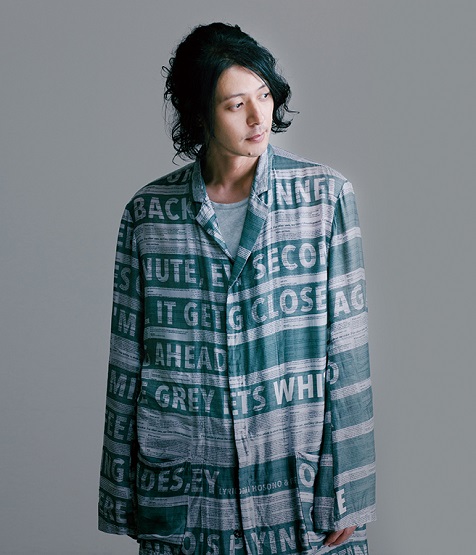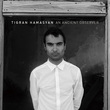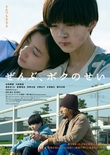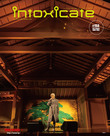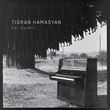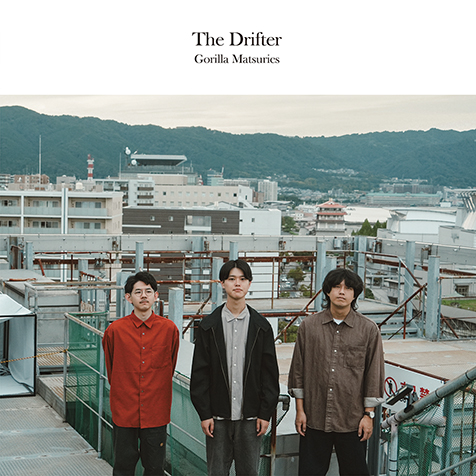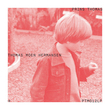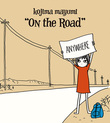More than one hundred years ago, from the end of “Meiji” to “Taisho“, by the name era. Due to the crustal movement of structural reformation implemented in each system of the administration, the legislation, and the industries, non-negligible changes over ordinary people’s life steadily surged in this period of the Meiji Restoration. It was the time the centralized organization, so-called nation-state had launched. They Say Nothing Stays the Same of Odagiri Joe’s first full length film as a director is plotted around above mentioned period of the time.
The main character of the story, Toichi who is a boatman connecting the both sides of the river, a village and town, gets on well with the people coming and going on his boat as their feet. These people who come to Toichi’s boat for the ride are varied in their personalities and occupations such as a hunter, a cowherd, a merchant, an widow, a geisha, or a medical practitioner. But they share one thing in common, a humble and neat lifestyle. And yet no one can evade the wave of modernization. The sights of the upstream capture a huge brick bridge under construction. Villagers may know its consequence, a better life with easier traffic between village and town. The film with lots of beautiful shots unveil gradually the context of the story at this beginning through the most breathtaking images of ten several minutes. Reflections of the lights on the water, shades and shadows on the textures of rocks shot by the camera moving along the current, brilliant greens of trees on the other river side - these shots of landscapes recently disregarded by most film productions, slowly activate the film (as landscape theory.) Shots are taken by Christopher Doyle, a cinematographer of this film, and known as the one of Wong Kar-Wai’s.
“In my original plan, all the directions of the photography were left to Chris’s. ’Cause all the films I had produced before this, were totally personal. And they were really based on private film production style. I composed for the film, and filmed by myself. But this time, this one should involve many skills and experiences of others. So I decided Maestro, Chris should be the director of photography. But once the shooting started, Chris allowed me 100%, to go with my ideas, and gave me advises. He had kept that attitude to me all the way. As a result, our reciprocal understanding and trust have brought about this wonderful perspective of the film.”
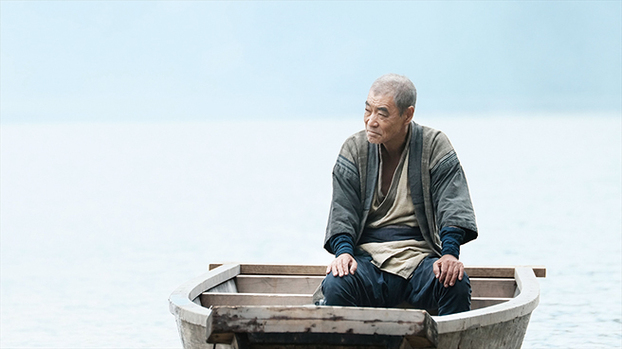
As he told above, Odagiri Joe has experiences as an independent film director of his own productions. What made up his mind to take his first full length film as the director was the words of Chris, saying “I will be your eyes, when you do your own film.” This happened at the occasion of Odagiri’s appearance as an actor in the film Yoiyami Shinju (2017) of which Doyle was co-producer. Notwithstanding their reciprocal understanding, they suffered conditions of each shooting location one after another. Odagiri remembered their creative patience against demanding situations at the location sites which were Agano River of Niigata and Tadami River of Fukushima.
“I understood and imagined my choices of the location sites would have brought up some difficulties, and after all we cannot fight against nature. It is beyond our control. However, this film meant to involve symbiosis with nature and its creatures. I knew it would be produced with very difficult choices from the beginning.“
The contrast among steep mountains, incessantly meandering current, and people who appears in the story reminds me of Unforgettable People (1898), rendering the landscape as the reflection of writer’s subjective. The story was written by Doppo Kunikida of Meiji period when They Say Nothing Stays the Same develops. The landscape (as landscape theory) inscribed in the works of Doppo to which Kojin Karatani, Norihiro Kato, and other critics refer regards the modernization as a mechanism, and, in this point, shares same perspective with “They Say Nothing Stays the Same”. In the meantime, the perspective of the landscape in this film, is not quite far from the concept of “landscape film” suggested by the film A.K.A. Serial Killer (1969) of Masao Adachi and Masao Matsuda, which criticizes the uniformity of the landscape surfaced in the development toward the standardization of the capital city and its suburbs.
Odagiri repeated the phrase, “to be lost”, several times during the interview. And those “to be lost” meant film culture of the good old days, and a transition of the media he gets involved with daily as an actor, and something falling from our hands in the pursuit of utility and logic of economy lying beneath it at same time. The story he completed 10 years ago has come to be filmed at the very last moment of 2010s, and this fact proves that the story has conceived current issues we are facing, unintentionally. However, the script alone does not stand for a film. Each episode about the shooting is simply a humble fragment of this film in the process of forming whole shape of it, and I wonder if his utterances of the word, “film director“, coming with the tone of self-questioning implies his sense of awe to this vocation to organize every aspects of film production.
Now everybody knows the director is responsible not only for the photography but music. The film score of They Say Nothing Stays the Same is the first of Tigran Hamasyan’s, a pianist originally from Armenia, living in the States now.
“I knew Tigran by the PV of ‘Markos and Markos’ on the YouTube. By chance, I was rewriting the script around that time, and I felt his music also inspired what I was trying to shape through this film, in the same manner. Instantly, I decided to go with my instinct, and sent him the script. It turned out that he really liked my script. I think he has kept his cultural attention to Japan all the way. We talked about old Japanese films a lot. I understand he is a man of integrity, and the business or the reputation does not cloud his judgement. He cherishes what he does in music, and that’s why his music fitted into the perspective of this film perfectly.“
Odagiri and Tigran, had many discussions on Skype about all the details of music, such as the cadence of music, instrumentations, editorial ideas and optimal tempo of synchronization. So naturally, the score came out to be collective in a way.“ And meanwhile, I hoped Tigran’s spontaneity should play a very important roll. My ideas were just a small part of his decisions, and his creative freedom mattered a lot to me. “After 10 days of recording sessions in L.A., the score has completed. The music has beautiful flow evoking visual images along with the tone of film, which is suggestive of tracks on An Ancient Observer (2017) including “Markos and Markos,” 8th of his.
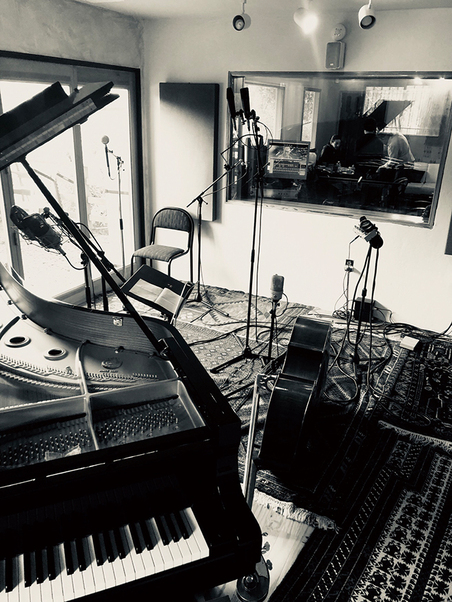
When lights in the theater are on, richness of its music would stay in ears of audience, and shows it in harmony with the film without any gimmick sentiment of Japanese.
“Strangely, that was predictable for me. I knew his music would get along with the film of other days in Japan. When I told Tigran about this conviction, he said that any ethnic music would do.”
Music of ethnicity, or folklore shows off a certain area where it is shared, and people who live with it. The production of wonderful and various talents, They Say Nothing Stays the Same will draw eyes of people by its simple narrative delivering the life of unforgettable unknown drifted in the change of times. I believe this film is one of the most remarkable this year.
